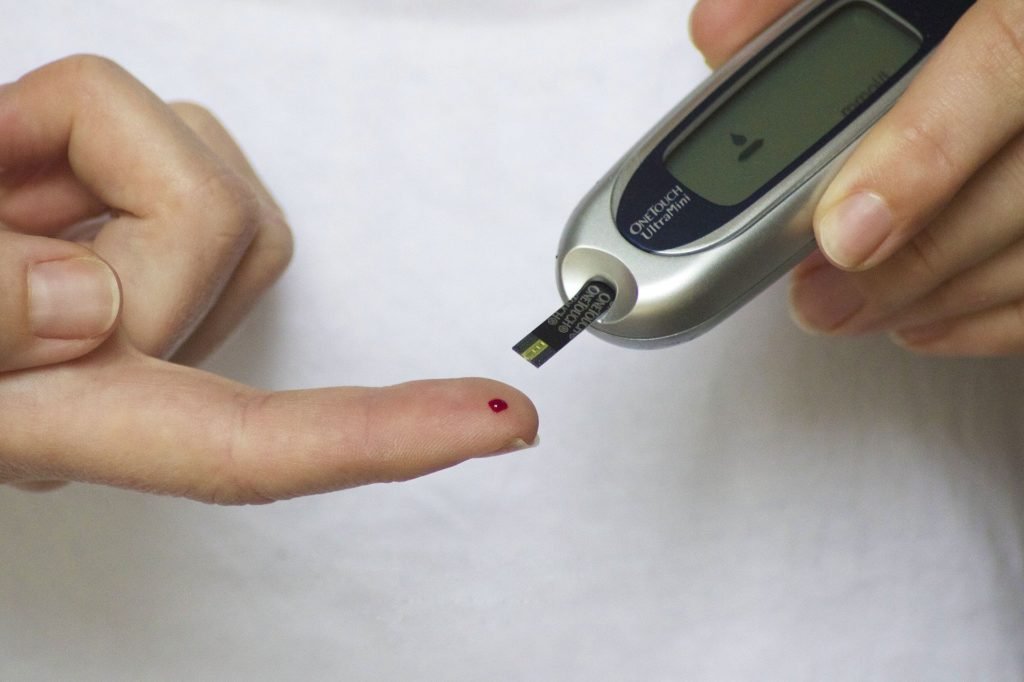Did you know that most people confuse between migraines and headaches? The answer is yes because all of them cause head pains. However, the distinguishing factor is that migraines cause debilitating head pain and nausea. Therefore, if you begin experiencing head pains and nausea, you must seek medical help, and Aventura migraines provide a solution to all your problems. The care providers are well qualified and experienced in diagnosing and treating migraines. The care providers use advanced treatments to help reduce the frequency and severity of your migraines. Below is all you need to know concerning migraines.
What are migraines?
Generally, migraines are known to cause debilitating and severe head pains. In most cases, painful headaches usually occur when something triggers the nerves in the head. As a result, the nerves then release a burst of electrical activity that causes complex biochemical reactions that affect the blood vessels of your head, causing migraine. People having migraines usually have specific triggers. Some common triggers are dehydration, stress, strong odors, flashing or bright light, lack of sleep, certain foods, drinking alcohol, or change in weather. Chocolate, cheese, high histamine foods, caffeine, and artificial sweeteners often cause migraines.
What symptoms usually occur during migraines?
Typically, migraines normally undergo four possible phases, even though you might not experience all of them. They are as follows:
· Phase 1: prodrome/ warning signs
This phase occurs before a migraine starts when you might experience some changes that warn you of an impending migraine. For instance, you might have mood changes or food cravings.
· Phase 2: Aura
It is the second phase and affects approximately one-third of the people who have had a migraine. An aura typically refers to any unusual changes before the head pains start. You might experience changes in the vision where you see wavy lines, experience tingling or numbness, or have difficulty speaking.
· Phase 3: Migraine attack
In this phase, you experience the migraine itself, and it usually begins around one temple causing throbbing pain. As the migraine progress, it might include the other temple. Other symptoms you are likely to experience are dizziness and nasal congestion. Nausea and vomiting, sensitivity to sound, light, touch, smell, vertigo, and facial pressure may also occur. If you do not seek treatment, migraines might last between four to seventy-two hours.
· Phase 4: Post-drome
Once the pain has gone away, some people do not recover fully for around one or two days. They may feel depressed, tired, have difficulty concentrating, or euphoric.
How are migraines treated?
Before treatment begins, the health care provider helps you identify your triggers so that you can avoid them to prevent migraines. After that, he prescribes some medications to alleviate pain and other symptoms. You are encouraged to take your medications at the first sign of your migraine. The purpose of the drugs is to reduce the severity and duration of pain. In other cases, you can also take daily medications to decrease the frequency of future migraines.
Various migraine treatments include radiofrequency ablation, CGRP monoclonal antibody injections, sphenopalatine ganglion block, neuromodulation, Botox injections, chronic migraines, and peripheral nerve block. You can also use telemedicine for follow-up appointments, evaluation, and medication management. You can also schedule in-person appointments in New York City for additional treatments.
Severe migraines or headaches can prevent you from performing your duties effectively because they affect your concentration. Therefore, if you are seeking treatment for your migraines, you can get started by calling or visiting Modern Migraine MD today for more information. You can either call their offices or book your appointment online.


